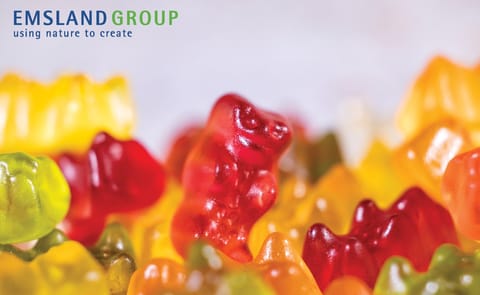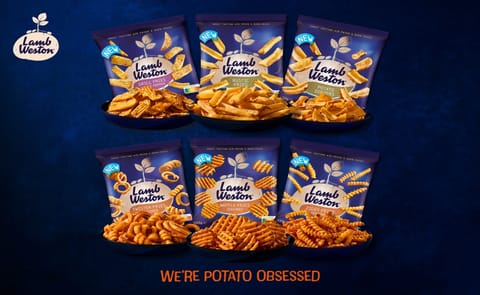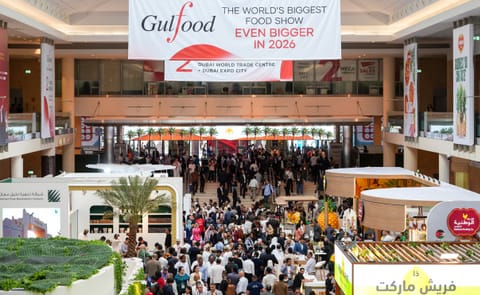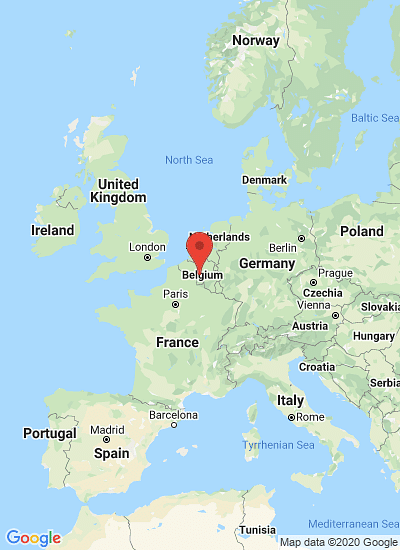2009 crop production estimates for Ware potatoes in the EU 5 countries are now complete.
Reports from representatives of the Northwest European Potato Growers (NEPG) highlight the favourable growing conditions this season, despite the dry planting conditions and drought during parts of the summer. Unusually the crop and market situation is similar across the whole of Northern Europe. Generally one or two countries show differences regarding production levels, quality issues or prices, compared with the others.
Yields were similar to 2008, with the exception of GB, but in all countries dry matter content in tubers was reported to be high. This led to greater damage in stored crops, particularly due to bruising following the dry harvest period.
Over the five countries, total planted area of ware potatoes rose by 2.3% compared with 2008.
Increases were modest in GB and Germany, a little higher in France, but much larger in Belgium (up 17.1%). There was a slight reduction in the Netherlands.
The overall effect has therefore led to a 2.8% increase in ware production in the EU 5 countries at 23.85 million tonnes, compared with 23.20 m t last season. Belgium showed the largest rise of 11.4% to 2.83 m t. GB, with it’s 3.5% lift in yield, increased ware production by 3.8% to 5.33 m t, compared with 5.14 m t in 2008.
Higher production has already impacted on Northern European markets, but there are other influences to consider, which may yet shape the remainder of the 2009 trading season.
Stock figures do not indicate quality in store, and with problems increasing in many countries, prices by next Spring are still not certain. A lot will depend on wastage levels and how much of the larger production will be available for use by processors and packers later in the season. With limited influence from new imports expected next year, the timing of early crop planting and first harvest dates will also impact on the end of 2009 maincrop trading. Export demand will also play a part. Crops in Eastern Europe were poor this year, with production estimated to be 10% lower overall. This may lead to an increase in demand from Western exporters and could utilise some of the surplus production from the EU 5 countries.
However, with the exception of GB, prices are currently continuing to fall as growers unload suspect stocks before weather conditions deteriorate, perhaps by the turn of the year.
Solapas principales
Euro Potato: Potato production estimates 2009 for Northern Europe (NEPG)
¿Te gustaría recibir noticias como esta por correo electrónico? ¡Únete y suscríbete!
Get the latest potato industry news straight to your WhatsApp. Join the PotatoPro WhatsApp Community!
Empresa Destacada
Contenido Patrocinado
Contenido Patrocinado
Contenido Patrocinado
Contenido Patrocinado








